
According to latest intelligence assessments, the outlawed sectarian outfit of Sipah-e-Sahaba Pakistan (SSP) is giving final touches to revitalising its infrastructure at the grassroots level. Intelligence officials told this correspondent that the SSP had already finished regrouping in Karachi, Shorkot, Dera Ghazi Khan, Faisalabad, Khairpur and Rajanpur districts of Punjab and Sindh.
A representative of the group told The Express Tribune over the phone from Lahore that the chief of the defunct SSP, Maulana Muhammad Ahmed Ludhianvi, had recently toured all provinces “reinvigorating the (new version of the) Sipah”. In February this year, Maulana Ludhianvi visited some districts of the Khyber- Pakhtunkhwa, including Hangu and Kohat, where anti- Shia sentiments are acute, to meet the members of his outfit, mostly based in religious seminaries of Deobandi denomination.
The Maulana also visited rural and urban Sindh areas, including Karachi. Maulana Ludhianvi, who returned to Pakistan after spending a month in Saudi Arabia, said he visited various cities and towns but denied having any link with the banned sectarian group. Talking to this correspondent over phone from somewhere in Jhang district, Maulana said he was just participating in activities of Ahli- Sunnat wal Jamaat (ASwJ), a political outfit formed after the SSP was twice banned by the government.
It was first banned in January of 2002 by then president Pervez Musharraf. The group was outlawed a year later again when it resurfaced with the name of Millat-e-Islamia. The leaders of the defunct sectarian group then formed the ASwJ, which is still working as a political outfit with a sectarian outlook. But, according to the representative who telephoned this correspondent, the group was still driven by the sectarian ideology of its former self. “Hardly anything changed after Musharraf banned the outfit in 2002.”
Experts like Muhammad Amir Rana, whose Islamabadbased Pakistan Institute of Peace Studies (PIPS) thinktank have observed jihadis for years. They saw the group’s political clout as one of the major reasons why the government could not take any concrete action against it. Amir Rana said the defunct group’s leadership was shrewd enough to keep a political outlook with sectarian overtones to make it hard for governments to crush it. The Sipah-e-Sahaba Pakistan was was set up in September 1985 by Maulana Haq Nawaz Jhangvi, Maulana Ziaur Rehman Farooqi, Maulana Isarul Haq Qasmi, and Maulana Azam Tariq.
Initially called the Anjuman Sipah-i-Sahaba, the group was formed in response to counter “increasing Shia militancy and sectarian violence in Punjab”. A splinter group Lashkar-e- Jhangvi (LeJ) later emerged out of the Anjuman with a violent anti-Shia creed. LeJ is now considered to be an ally of al Qaeda and is thought to be based in lawless tribal areas, but the SSP did not have any known links with either the international terror network or their homegrown version – the Taliban.
The SSP is said to have a very strong support base in more than 12,500 Deobandi seminaries which operate under Wafaqul Madaris al Arabia.











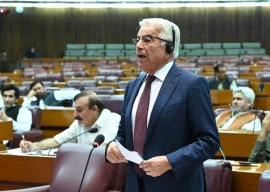




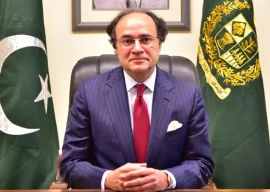
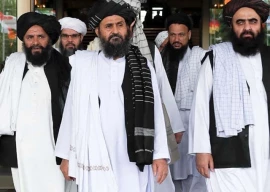
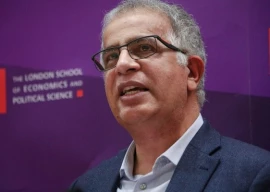
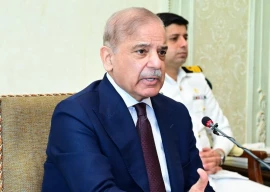

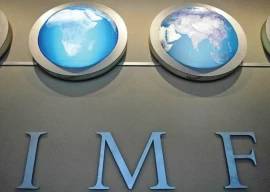
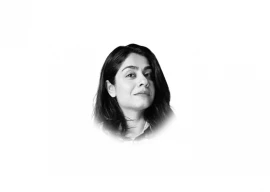





COMMENTS (1)
Comments are moderated and generally will be posted if they are on-topic and not abusive.
For more information, please see our Comments FAQ